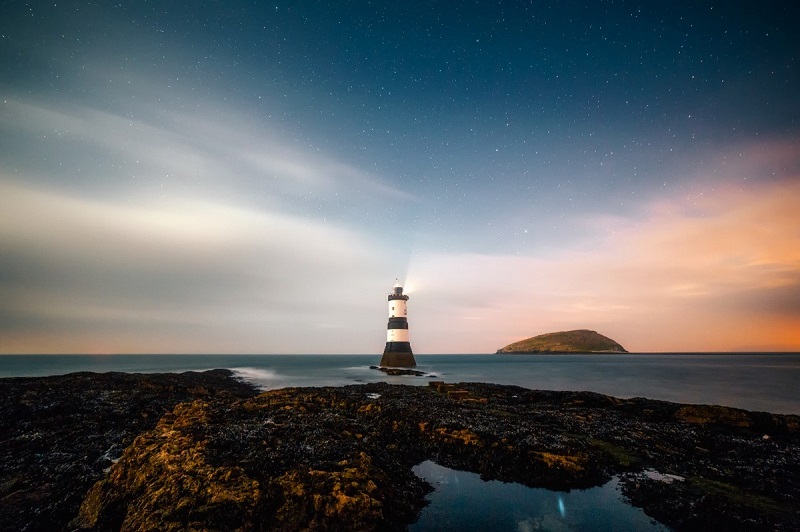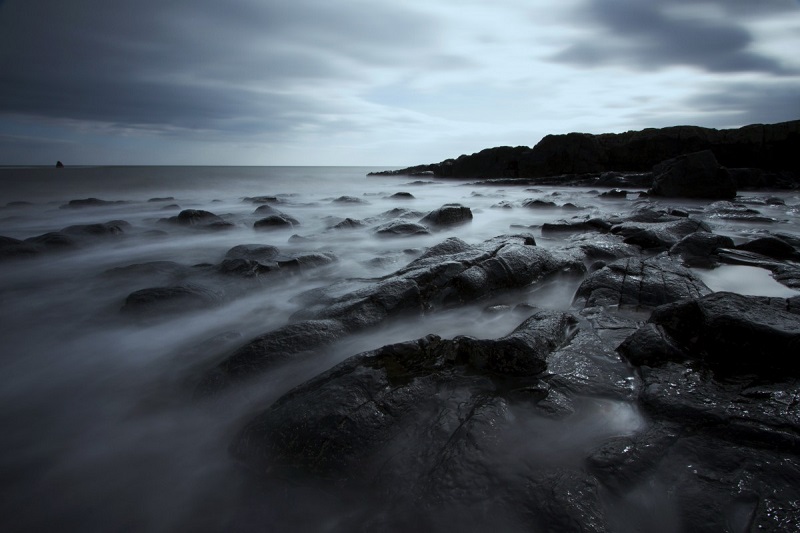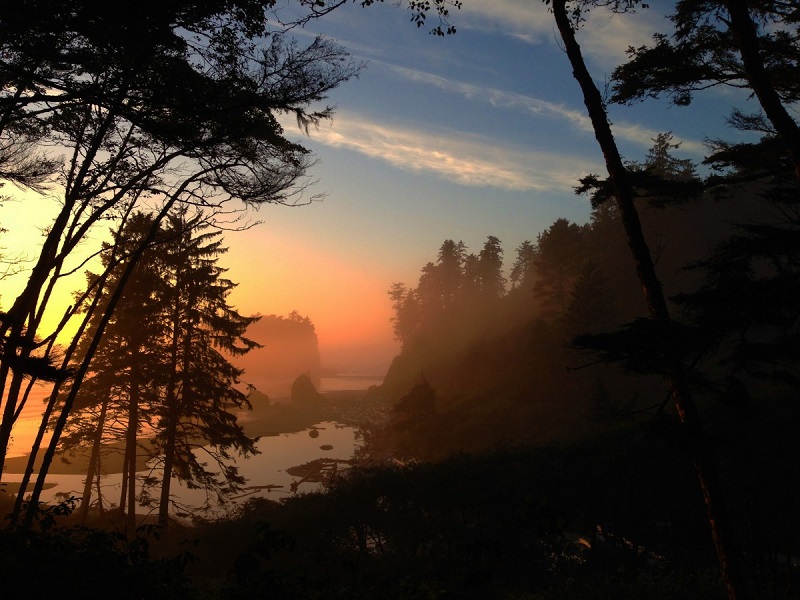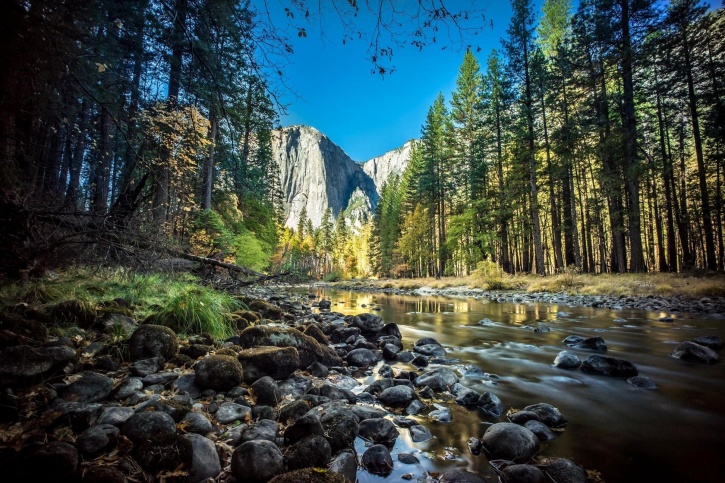
photo by: pixnio.com
As any photographer knows, good images are often the result of careful planning.
While it’s true that sometimes the best images are indeed spontaneous, planning ahead does have some clear advantages. By planning ahead, you’ll know when to go –and where to go, and what type of gear to bring along; helping to increase your chances of creating some eye-catching images. Additionally, if there’s a particular type of image that you have in mind, planning ahead will give you the best shot at capturing it!
Whether you’re planning to shoot some landscapes in your own local area, or are preparing to travel out of town, here’s a look at a few things that you can do ahead of time to help increase your chances of photography success.

photo by: pxhere.com / CC0
Pick the Right Time to Go
Choosing the best time of day can make all the difference when it comes to landscape photography. The time of year and overall lighting conditions will also help you to determine which gear to bring along. When it comes to night photography –and capturing the moon or star trails, it’s especially important to plan ahead. Determine first the type of images you’re after, and then plan your shoot accordingly. For instance, star trails require longer exposures, and ideally, a new moon –so the sky is completely dark and the stars can be seen. On the other hand, though, moon photography requires the moon to be visible in the sky! Finally, blue hour and golden hour are other sought-after, yet fleeting, times of day for landscape images. Be sure to plan accordingly and try to arrive on-site early so that you’re ready to start shooting as soon as the lighting changes.
Consider Using an App
Be sure to get ahold of an app like Golden Hour to find out when blue hour and golden hour will be in your location. PhotoPills, which is a pay-for app, is another good option if you’re serious about landscape photography. This app will show you the position of the sun, moon, and Milky Way; in addition to sunset and sunrise times, moon phases, and more. It’s a great tool for planning your landscape shoots.

photo by: pxhere.com / CC0
Check the Weather
The weather will also have a big impact on your landscapes –and their resulting atmosphere, so be sure to check the forecast before you go.
What type of weather should you look for? Here’s a quick look at a few different types of weather –and the impact that each can have on your images.
• Some Clouds: Cloud cover results in softly diffused lighting, and can be ideal for capturing beautiful, evenly lit landscapes. And if you’d like a spectacular sunset, you’ll want to look for some cloud cover in the evening as well
• Fog: Some weather apps, like WeatherPro will show when early-morning mist will be present. This is a great opportunity to capture some beautifully ethereal landscape images.
• Wind Speed: If there’s a lot of wind, it makes capturing images like close-ups and macros tricky –since there will also be motion blur. Additionally, if you’re hoping to capture reflections, keep in mind that the wind may cause the surface of the water to be choppy. Look for winds of less than 10 mph if you’re hoping for clear reflections.

photo by: pxhere.com / CC0
Get Inspired
Regardless of whether you’re traveling afar or staying close to home, your images won’t be everything that they could be without inspiration. There are plenty of websites that you can browse that will motivate you to take your creativity up a notch. 500px is especially good, since you can search images by location to see what other photographers are capturing in your local area –or the place that you’re planning to visit.
Pack Your Gear
Once the logistics are out of the way, you can start packing your gear. First up, lenses. If you’re staying local or traveling via car, you can afford to bring a few more, but if you’re traveling farther –or hiking in and looking to save weight, then you’ll want to be much more selective. Consider a wide-angle if you’re hoping for some spectacular, sweeping landscapes with more distance between the foreground and background –or a zoom lens if you’re hoping to capture images of wildlife. In most cases, you’ll also want to bring along a tripod to steady the camera and a remote shutter release. You’ll also want to bring along spare memory cards and an extra battery pack –just in case. You might also consider bringing a raincoat or cover for your camera, even if the forecast isn’t calling for rain. If you’re trekking into unknown territory it might be wise to bring a hand-held GPS as well. Finally, if you’re going to be out after dark, don’t forget to dress warmly and bring a flashlight or headlamp. This will help you to see your gear while you set up or take things down –and find your way back to your car.
Be Smart
It may sound obvious, but it’s important to mention anyway. Be safe when hitting the trails. Hiking in the dark before dawn to capture a perfect sunrise, or navigating slippery cliffs and unstable terrain for a lighthouse or seaside shot can be risky. No photograph is worth risking injury for, so try to stay safe –and aware of your surroundings when you go.

photo by: pixnio.com
Stay Flexible
Finally, with landscapes, often things won’t go exactly as you had planned. But that’s okay! Instead of being frustrated when you’re not met with an ‘ideal’ scene –remember, things may not look how you’d planned, but there could be a good opportunity yet!
How can you make the most of varying lighting and weather conditions? By readjusting your plans, considering a different composition –or angle, changing your subject, or simply stepping back and taking in the surrounding beauty. Or, use it as a learning opportunity to master some different settings on your camera. Regardless of the weather, lighting conditions, or other variables; try to make the most of your time and capture what you can, even if it isn’t what you came for –and make plans to try again.
Remember, while preparedness is the name of the game when it comes to successful landscape photography, at the end of the day, don’t rule out capturing spur of the moment images either! Being able to think fast and work with different lighting conditions can help you to capture some amazing images, so do what you can to prepare, but don’t miss out on a great photo opportunity just because you didn’t have to time plan the shoot in advance. Instead, go when you can, work with what you have –and let the smaller details work themselves out!
What are your best landscape photography tips?